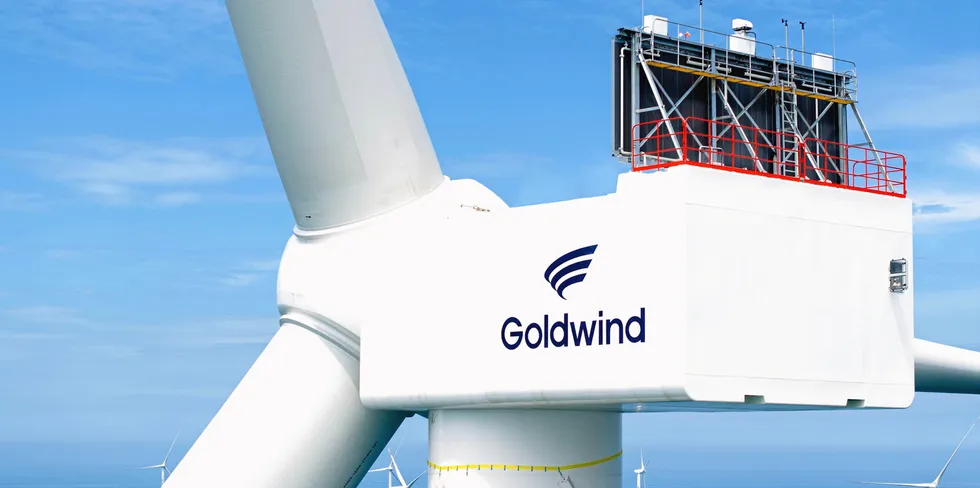Chinese offshore wind primacy a lock as nation builds 'over two-thirds' of new global fleet
Out of the 9.4GW in sea-based projects completed in 2022, some 6.8GW was in the Asian superpower's waters, as worldwide plant expanded to 57.6GW, according to WFO figures
